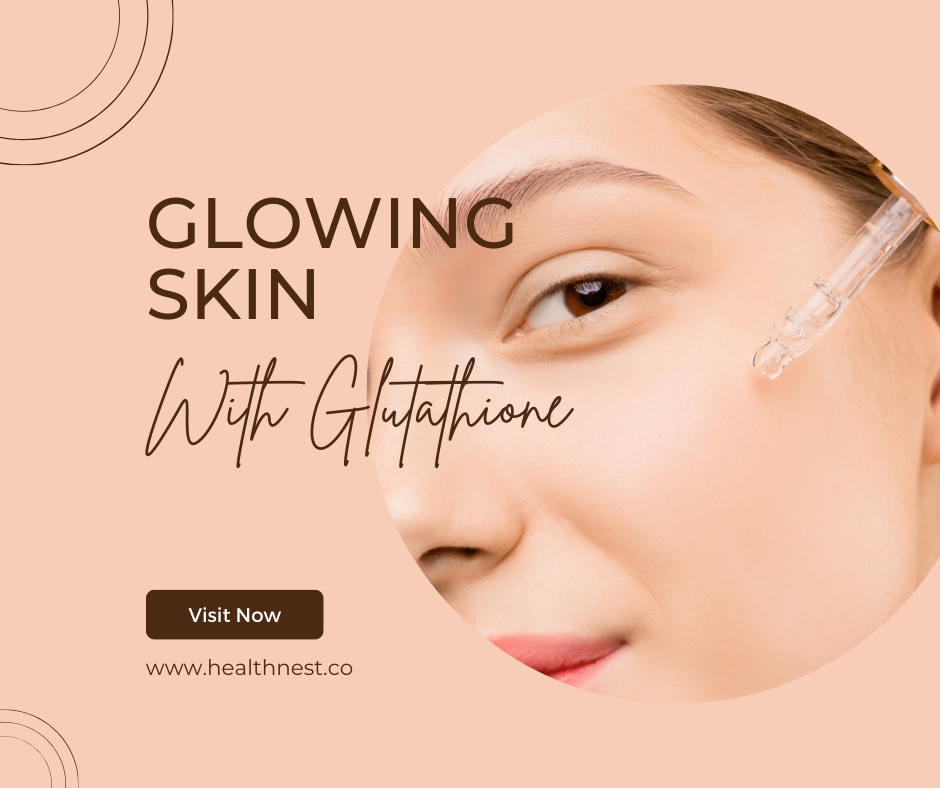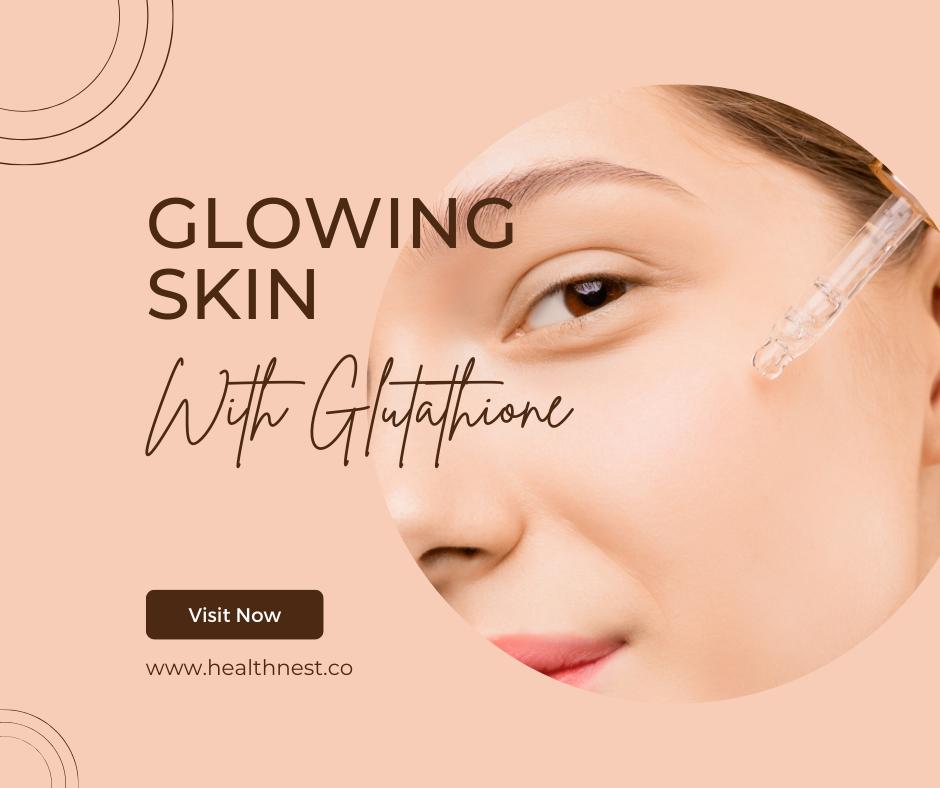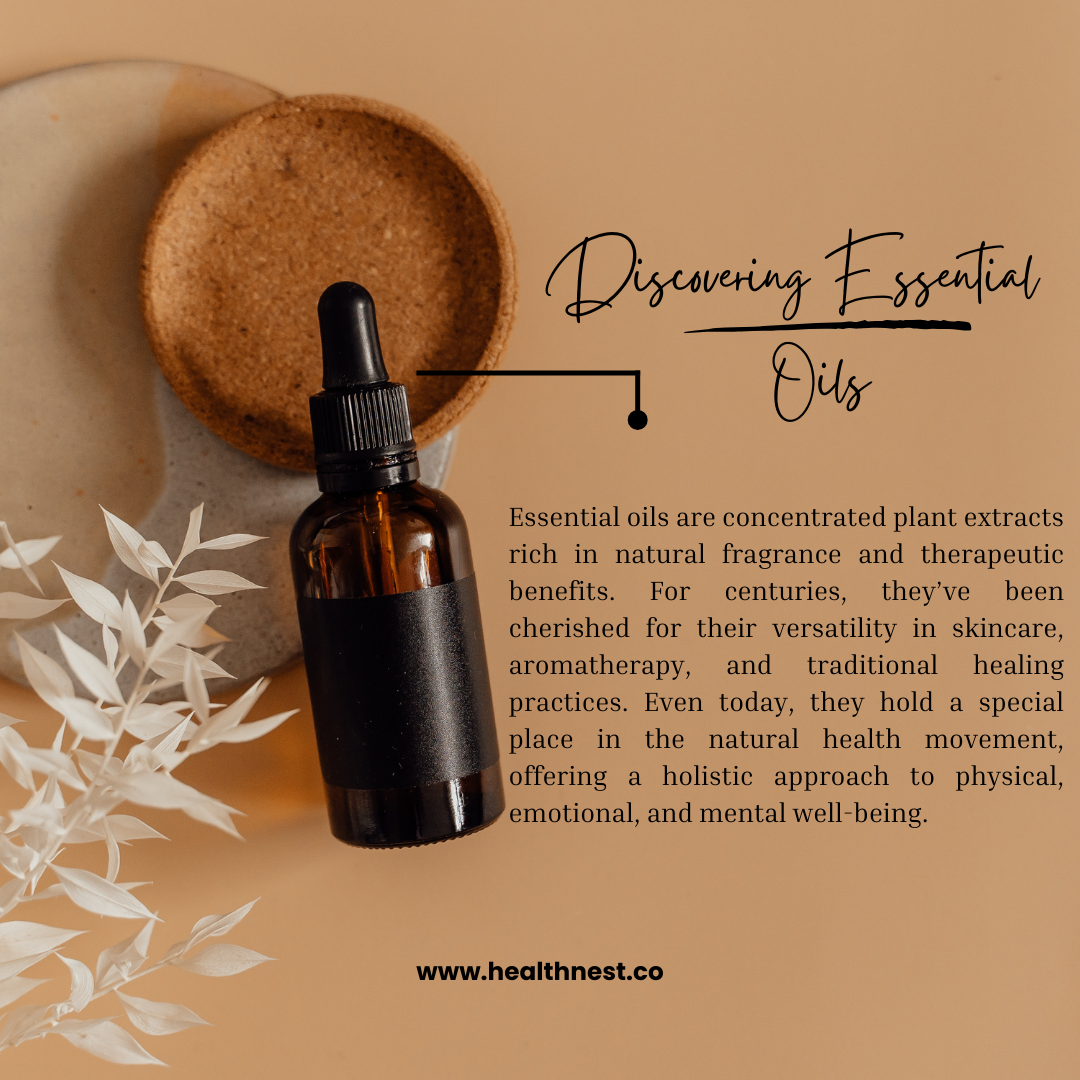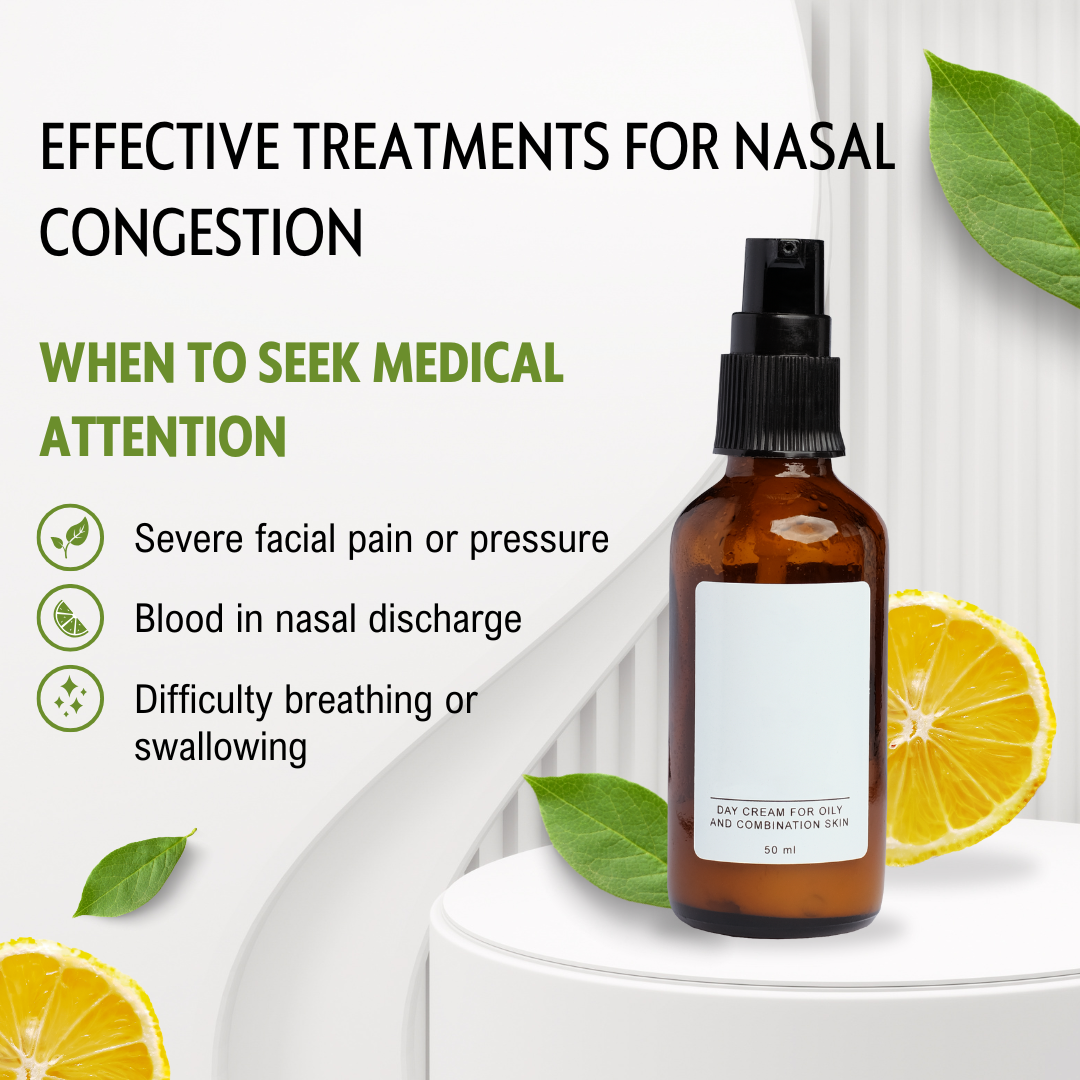Achieving Healthy, Glowing Skin

Your body houses its biggest organ, the skin, that shields you from outdoor elements while making temperature adjustments and managing how you look. This guide delivers complete information together with essential tools for helping you reach all your skin care objectives, no matter which skin condition you deal with, including acne, dry skin, aging skin, or basic healthy skin maintenance.
Understanding Your Skin

Before starting your skin care process, understand how your skin functions, since this forms the core principle for implementing skin care routines and selecting products. Your skin contains three distinguishable layers.
Skin’s protective outermost layer functions as epidermis.
Collagen and elastin with blood vessels comprise the middle layer, called dermatitis in skin structure.
The hypodermis holds the position as the most bottom layer because it contains both fat and connective tissue.
The basis of your skin type stems from your genetic makeup, though environmental elements like your surroundings together with lifestyle choices might modify your skin attributes. The five main skin types are:
Normal: balanced, neither too oily nor too dry.
Excess sebum secretion causes skin to shine, along with larger pores occurring in this skin type.
The skin remains dry because it lacks moisture, which causes tightness along with flakiness.
Some faces have point areas that differ in oiliness while other sections stay dry. Most often the T-zone, including the forehead, nose, and chin, demonstrates oiliness, but the cheeks remain dry.
Sensitive: Prone to redness, irritation, and reactions to certain products.
The first essential step before designing your skin care plan requires determining your unique skin type.
The Importance of Skin Care
Caring for your skin goes beyond appearance since it involves sustaining both its health and operating efficiency. There are essential reasons why you should prioritize skin care, which include the following:
1. Protection
The outer layer of your body serves as protection against hazardous environmental forces, including harmful UV radiation, pollution and bacteria
2. Prevention
Consistent attention to skin care helps stop both acne breakouts and dryness and aging appearance of the skin. The early identification of skin issues allows people to prevent the development of severe medical conditions later on.
3. Confidence
Your self-esteem and confidence improve because of a healthy and glowing skin appearance. A good appearance of your skin leads to increased feelings of self-confidence.
4. Long-Term Health
Daily application of sunscreen protects you from skin cancer as well as reduces your potential risk by a substantial amount.
Building a Skin Care Routine
Establishing a steady skin care practice functions as the critical basis that builds up healthy skin. Begin with these elements in your skin care routine: cleansing and specific other steps based on skin type together with individual concerns.
1. Cleansing
The process of cleansing your skin detaches all pollutants together with oil alongside impurities to stop clogged pores and acne formation. Pick a cleansing product that works for your skin type because this factor determines the selection.
People with oily skin should select either gel or foaming cleaners as their cleansing products.
Dry Skin: cream or oil-based cleansers.
Sensitive Skin: fragrance-free, gentle cleansers.
2. Toning
After cleansing or intermediate steps, your skin needs toner to restore its natural pH level and eliminate excess impurities so your skin can accept upcoming steps effectively. Use toners containing water-binding agents such as chamomile and hyaluronic acid that lack alcohol.
3. Treating
Concrete skin problems require the use of choice serums or treatments during this stage. Common ingredients include:
The active agent Vitamin C treats dark spots on the skin while simultaneously brightening overall complexion.
The essential vitamin retinol makes skin cells regenerate while it fights age-related signs.
The acne-fighting properties of salicylic acid help eliminate pore blockage while treating acne breakouts.
4. Moisturizing
The selection of your skin moisturizer should match your skin type.
Oily Skin: lightweight, oil-free formulas.
Dry Skin: Rich, creamy textures.
Combination Skin: gel-based or balanced formulas.
5. Sun Protection
Your skin care routine requires sunscreen to be its crucial aspect. Using sunscreen on skin acts as a shield that defends against damaging UV rays, along with offering protection from sunburns, aging signs, and skin cancer development. Every day requires application of a broad-spectrum SPF 30 regardless of sunlight conditions.
Advanced Skin Care Tips
1. Exfoliation
Through exfoliation therapy, human skin removes useless dead skin cells to expose smooth, radiant skin. Military exfoliation processes exist in two different forms.
Physical exfoliation functions through combination methods of scrubs along with tools that eliminate dead skin cells.
The chemical exfoliation method utilizes acids from the AHA (Alpha Hydroxy Acid) as well as BHA (Beta Hydroxy Acid) categories to break down dead skin tissues.
Exfoliation needs occur once to thrice weekly based on your skin type together with sensitivity tolerability.
2. Face Masks
The topical therapy of face masks aims at treating particular skincare needs that range from dryness to acne and dark spots. People should apply masques to their faces once or twice a week to achieve maximum benefits.
3. Eye Creams
Your eye area skin remains fragile since it shows high sensitivity to dryness as well as the development of wrinkles. Eye creams are useful for hydration along with treatment of dark circles and puffiness in the eye area.
4. Face Oils
People with dry or mature skin will receive additional hydration by using face oils because they deliver both hydration and nourishment to the skin specifically. People generally select jojoba oil together with rosehip oil and argan oil as their preferred face oil options.
Skin Care for Different Skin Types
1. Normal Skin
Cleanser: gentle, balanced formulas.
Moisturizer: lightweight, hydrating creams.
Treatments: antioxidants like vitamin C for maintenance.
2. Oily Skin
Cleanser: foaming or gel cleansers.
Moisturizer: oil-free, non-comedogenic formulas.
The treatment approach for controlling oil and breaking out includes the application of salicylic acid or niacinamide.
3. Dry Skin
Cleanser: cream or oil-based cleansers.
Moisturizer: rich, emollient creams.
For enhanced hydration, one can use hyaluronic acid together with ceramide treatments.
4. Combination Skin
Cleanser: Balanced, gentle formulas.
Moisturizer: lightweight, non-greasy textures.
Different skincare items should be used for moisturizing oily parts of the face and treating dry sections as required.
5. Sensitive Skin
Cleanser: fragrance-free, hypoallergenic formulas.
Moisturizer: Soothing creams with ingredients like aloe vera or oatmeal.
New products should be tested through patch testing while avoiding strong beauty ingredients.
Addressing Common Skin Concerns
Every individual faces skin problems eventually in their lives. Several school-age children encounter these specific skincare issues that can be addressed through this guide.
1. Acne
You should use products containing salicylic acid or benzoyl peroxide to unclog pores, as these substances also minimize inflammation.
Picking or squeezing your pimples will produce scarring of your skin.
2. Dryness
Hot showers together with harsh soaps lead to skin moisture loss so people should avoid using them.
Aqua humidifiers function to increase the environmental moisture levels.
3. Aging
Retinoids work to produce more collagen while simultaneously reducing wrinkles on your skin.
Daily use of sunscreen acts as a preventive measure against additional harm to the skin.
The protective power of free radical antioxidants such as vitamin C should be included when treating against damage.
4. Hyperpigmentation
You should utilize brightening agents consisting of vitamin C with niacinamide or kojic acid.
Regular exfoliation helps decrease the appearance of dark spots.
Regular application of sunscreen will stop pigmentation from getting worse.
5. Sensitivity
Stick to fragrance-free, hypoallergenic products.
Excessive exfoliation and utilization of forceful elements should be prevented in skincare routines.
New products must be patch-tested since their application should occur after testing.
Facebook Twitter LinkedIn Telegram Pinterest WhatsApp Reddit Email



Nice Details
Nfwhdkjdwj rdqskwjfej wkdwodkwkifjejr okeowjrfiejfiej rowjedowkrfiejfi jrowkorwkjrfejfi jorkdworefoijfeijfowek okdwofjiejgierjfoe healthnest.co